50000
Type of resources
Available actions
Topics
INSPIRE themes
Keywords
Contact for the resource
Provided by
Years
Formats
Representation types
Update frequencies
status
Scale
Resolution
-

Validated and aggregated data from current profilers measured continuously by hull-mounted ADCPs (Acoustic Doppler Current Profiler).
-
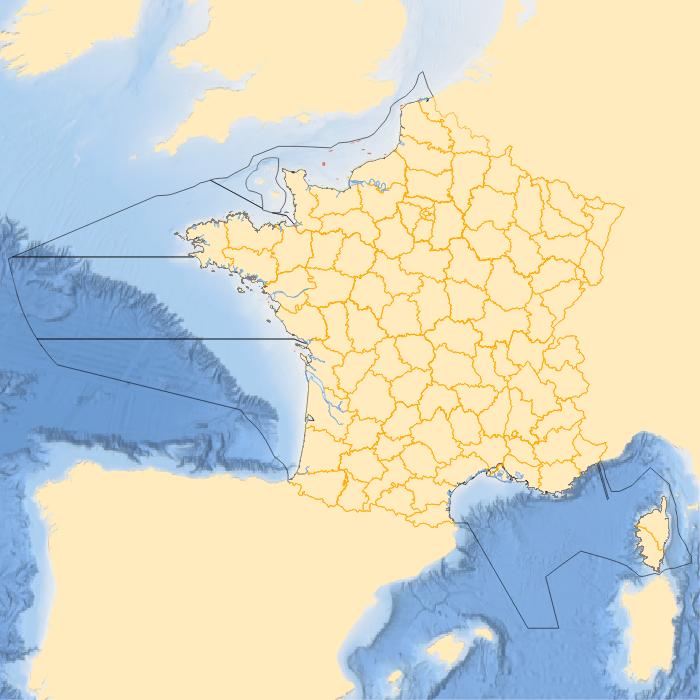
-
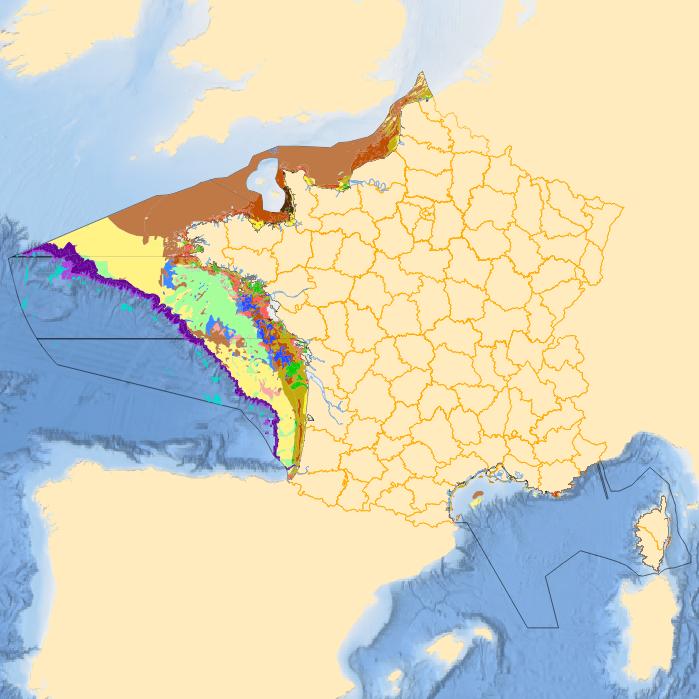
-
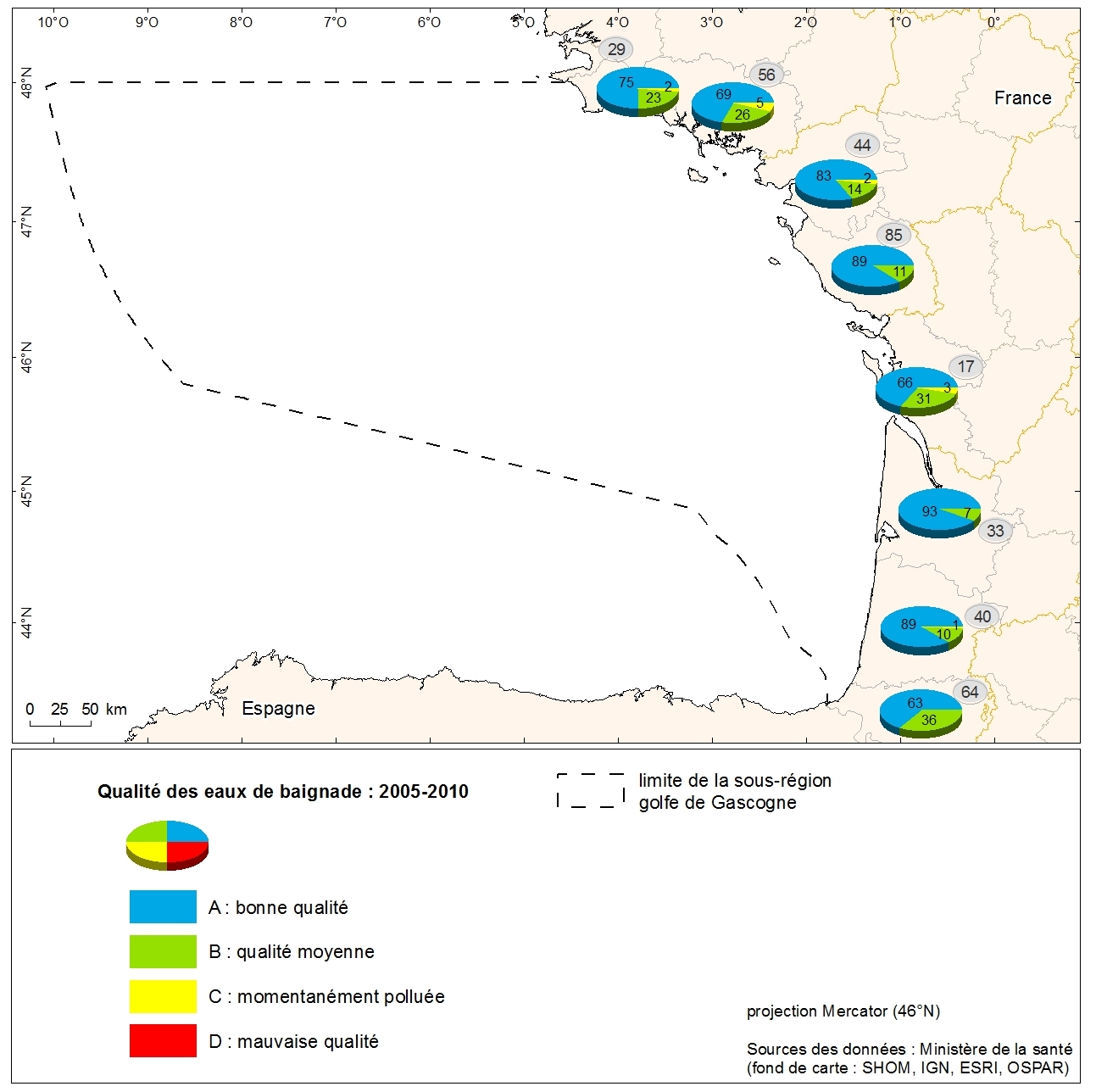
Grading the quality of metropolitan coastal bathing waters in 2010 from the Department of Health. Data collected from the Ministry of Health as part of the initial assessment of the MSFD. Referent expert: Aurélie Blanck.
-
Zones corresponding to the delimitation of major watersheds and related marine areas in the Seine-Normandy basin for the assessment of pressures on the different water masses on the Normandy coast and marine sub region English Channel - North Sea. Nutrient discharges from industries and communities.
-
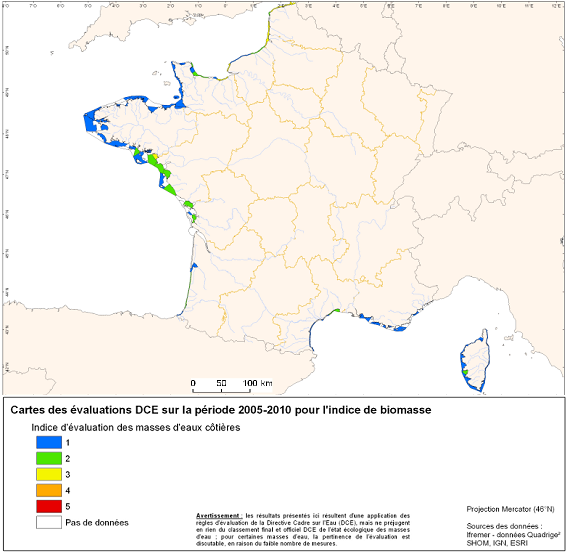
Under the EU Water Framework Directive (2000/60/EC), among the biological parameters involved in the assessment of coastal water bodies, the quality element "phytoplankton" is defined. This indicator Phytoplankton is made up of several indexes including a biomass index and an abundance index. Oxygen balance appearing among the elements of physicochemical quality selected for the classification of the ecological state of coastal water bodies. The quality element "benthic invertebrates" is also part of the biological parameters involved in the assessment of these water bodies.
-
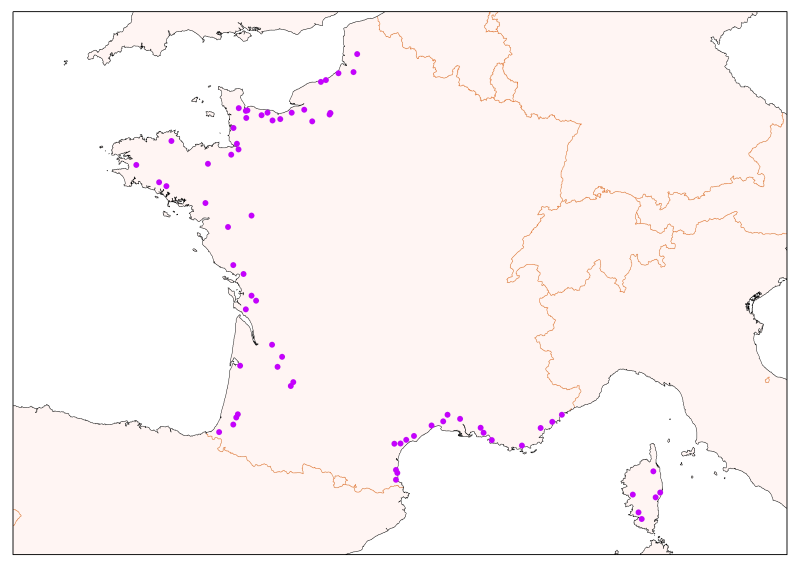
Physico-chemical monitoring stations are part of a network under the responsibility of the water agencies. Regarding the scope of strict thematic contribution "Hydrology," the monitoring stations do not come into account because they only measure the physico-chemical quality of the rivers. These stations are used only for calculations under fluvial inputs of pollutants / nutrients.
-
Densités de navires estimées par maille de 1 minutes pendant l'année 2020 d'après le dispositif AIS (système de géolocalisation automatique des navires).
-

Le produit SCAN Express version 1 est une collection pyramidale d'images cartographiques numériques en couleurs, obtenue par rasterisation des données cartographiques vecteur suivant un processus de cartographie quasi-automatique bases de données éditées par l'IGN : BD TOPO®, BD ADRESSE®, BD CARTO®, ROUTE 500®, ROUTE 120®, BD ALTI®. Le produit SCAN Express version 1 se compose d'images numériques sans habillage ni surchage et d'indications de géoréférencement
-

Couche ponctuelle de référence, représentative des sites dont l'exhaustivité est garantie par Inforef (base patrimoniale interne RTE) à quoi elle se réfère. Le symbole ponctuel est positionné au centre de l'enceinte du poste.
 Mon GéoSource
Mon GéoSource